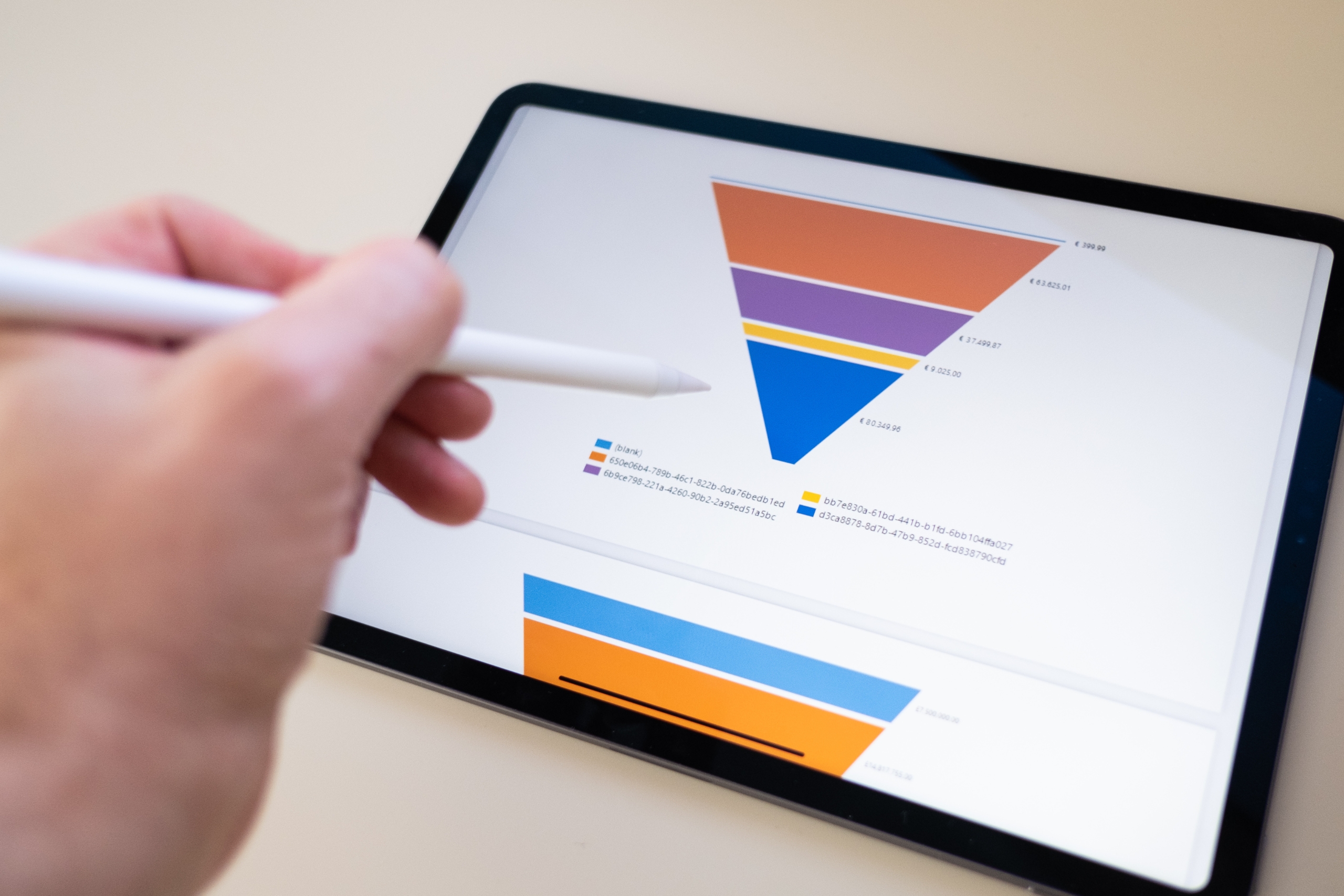Introduction
Spreadsheets have been the standard way to keep track of sales, manage client information, and keep projects managed for years. Because they were easy to use, flexible, and accessible, small businesses and agencies that were growing couldn’t do without them. But as things moved faster in business, it became clear that spreadsheets had their limits.
Spreadsheets might still work for very small businesses, but they’re not very useful for companies with dozens of clients, multiple campaigns, and complicated sales processes. One of the most important changes in modern business management is the move from human methods to automatic ones. Today, companies have a lot more control, intelligence, and scale thanks to specialized CRM systems.
When comparing CRM tools vs spreadsheets, this piece discusses why spreadsheets fall short in today’s competitive environment and why current platforms rule.
Why Agencies Started with Spreadsheets
Spreadsheets became popular since they were easy to use. A lot of business people know how to use tools like Microsoft Excel and Google Sheets, which were easy to get for little or no cost. They let companies keep track of contact information for clients, keep track of sales activity, and even make easy reports without having to buy expensive software.
Spreadsheets were a quick and open way for new companies to get things done. Through cloud-based services like Google Drive, they could be changed on the spot, shared with team members, and made better in real time. They worked for simple needs.
But as organizations got bigger, the work they had to do got harder. Spreadsheets that seemed useful at first became messy and prone to mistakes. Entering data by hand took a lot of time, and it became hard for bigger teams to work together.
The Limitations of Spreadsheets
Spreadsheets’ flaws aren’t always clear until an organization starts to grow. What was once a useful tool quickly shows what’s wrong with it.
One of the main problems is mistakes. One wrongly written number or formula can change whole datasets, which can lead to bad choices. Spreadsheets don’t have built-in checks that can catch these mistakes like CRMs do. Working together is another problem. Version control is a problem when multiple people on the team are making changes to the same chart. Teams risk losing important data or working with old data if they don’t follow the right procedures.
It’s also hard to write reports. Spreadsheets can make maps, but it’s more work and takes longer than the live screens in CRM systems. Sheets take a long time to give companies the right data when they need to report to clients or management right away.
Last but not least, bigger files are hard to work with. The files get too big, slow, and hard to work with as the number of clients and jobs grows.
The Rise of CRM Tools
Because they were the next step in keeping track of business data, CRM tools were made. They’re not the same as spreadsheets because they’re made to handle a lot of data, growth, and automation. These days’ CRMs store all of your client data, past contacts, and marketing successes in one place that’s simple to find.
Now, agencies don’t have to put in all the data by hand or look through several files to see if anything has changed. BUT CRM systems do things that need to be done over and over again, keep track of acts across many channels, and give you info in real time. When teams work together, they can get more done and spend less time on tasks.
They both became normal tools very quickly because they could do so many things, like help customers and keep track of leads. Because of these tools, companies could handle thousands of leads at the same time without losing focus or quality. (Links to other sites: HubSpot, Salesforce)
CRM Tools vs Spreadsheets: A Direct Comparison
The changes are evident when comparing crm tools vs spreadsheets.
To begin, CRMs handle tasks that spreadsheets can’t. Automation makes sure that chores get done without any help from a person, like writing follow-up emails and keeping sales processes up to date. This speeds up the sales cycle and cuts down on mistakes.
Secondly, CRMs offer more advanced data tools. Agencies don’t have to make charts by hand; they can make screens that change in real time. This makes it possible for managers to see results right away, find problems, and make better choices.
Third, CRMs make it easy to talk to each other. Spreadsheets can’t log calls, send texts, or keep track of email campaigns. All of these mediums are now combined into one place on modern platforms, which makes sure that every contact with a client is recorded and easy to find.
Lastly, the ability to grow is a big plus. It could break if you add a lot of notes to a paper. But CRM systems are made to easily handle a lot of data. That’s why agencies need them: they help them grow without losing what they do well.
Case Example: An Agency Transitioning from Sheets to CRM
Think about a company that kept all of its customer data in Google Sheets. Things were fine at first. Parts kept track of marketing information, contact information, and how each deal was going for each client. There was a row for each customer. At first, the charts worked fine, but when the company got more than 100 customers, they were too hard to use. For hours on end, reports were being made with breaks in between, and important details were often missed.
As soon as the business switched to a CRM system, things got better. Clients could quickly fill out integrated forms, follow-up emails were sent without the manager having to do anything, and live screens showed the manager how the campaign was going. It used to take hours to enter data and check it twice, but now you can do it in minutes.
That change not only saved time but also made customers happy. Clients liked getting answers faster and reports that were more correct, and the business was able to grow without having to hire more people just to handle data.
The Role of Automation in Modern CRMs
One great thing about CRM tools is that they can automate a lot of tasks. Spreadsheet changes used to have to be done by hand, but now they can be done instantly. When a new lead fills out a form, for example, the system can record their details, put them in the right path, and send them a welcome email—all without any help from a person.
This level of speed makes sure that no lead is missed and that all clients are consistently contacted. Automation also cuts down on the time needed to do the same things over and over, which frees up teams to work on planning, innovation, and getting along better with each other.
People like Zoho CRM and Freshworks because they offer management features at low costs, which makes them appealing to small and medium-sized businesses. (Link to another site: Zoho, Freshworks)
Why Data Accuracy Improves with CRMs
Accuracy is another important consideration when comparing CRM tools vs spreadsheets. When you enter data into a spreadsheet by hand, it’s easy for typos and other mistakes to happen. CRMs, on the other hand, get their data straight from forms, processes that are automatic, and connections. This makes sure that the data is better and more accurate and lowers the chance of human mistake.
More accurate data means more useful information. Agencies can see which strategies are working, which clients need more help, and where to put their resources to get the most out of them. Spreadsheets don’t usually give you this much accuracy without a lot of work by hand.
Building Client Relationships with CRM Tools
You can put data in spreadsheets, but you can’t link things together with them. Sales CRM tools are made to keep people interested. A company may keep track of all the times they speak to customers by sending an email or calling them every so often. This helps teams remember things better and provide better, more customized service.
The account manager may instantly look at past emails, reports, and meeting notes if a customer calls to ask about how a campaign went. As the service grows better, people cherish it even more. A firm shows its customers that they are valued by paying attention to the little details and offering each individual service that is right for them.
The Future: AI and Predictive CRM
Not only will CRM tools be able to accomplish everything for you, but they will also be able to forecast what will happen. AI helps computers figure out what customers want, when they’ll depart, and what they should do next. This makes it more important.
It’s not possible to do this with spreadsheets. They can keep data, but they aren’t smart enough to help people decide what to do or look for patterns in behavior. AI is already being used to add new features to CRMs like HubSpot and Salesforce that will change how we work with clients in the future.
People who use these tools first will have a big edge over their rivals because they can act before problems arise and seize opportunities faster.

Conclusion
There has been a big change in how businesses are run since spreadsheets were first used. Now they use CRM tools instead. Spreadsheets were useful in the past, but they’re not fast enough, can’t handle too many clients, or are too big.
Spreadsheets aren’t as good as CRM systems when it comes to automation, real-time data, multiple ways to contact someone, and seeing into the future. They not only save time and cut down on mistakes, but they also help build stronger relationships with clients and allow growth that can be scaled up.
Not only is switching from files to CRM better for businesses that want to stay competitive, it’s a whole new world. You’ll be able to help your clients more, keep up with changes in your field, and do well in the future of digital business if you agree to this change.











